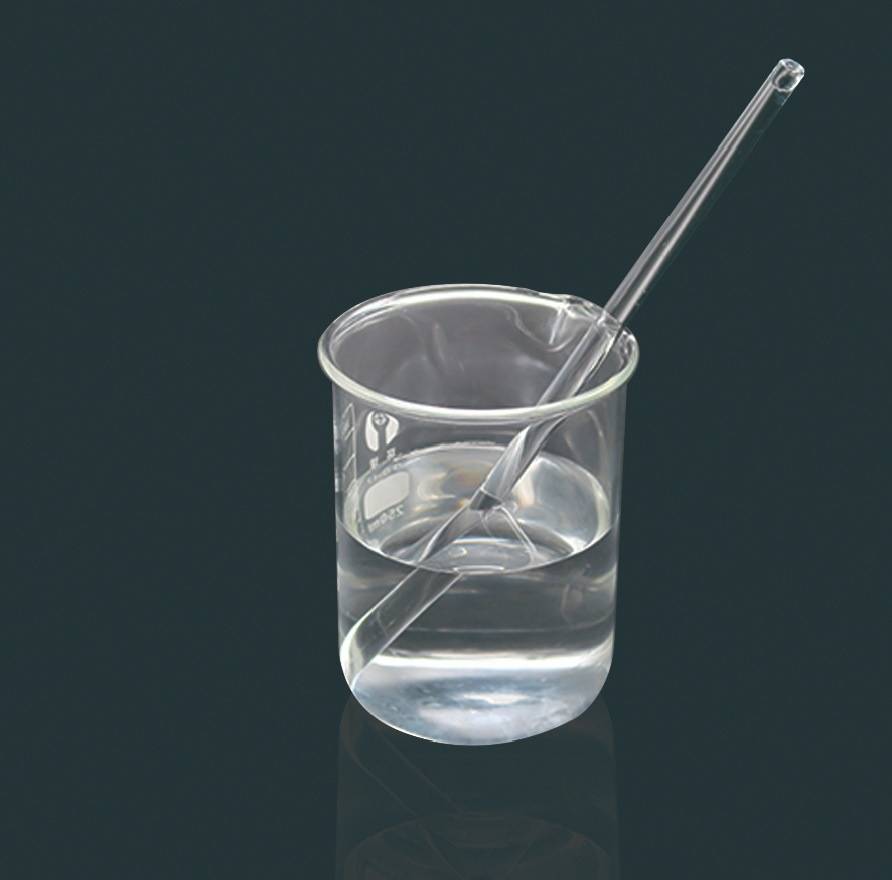Price trend and inventory situation of polyurethane main raw materials (MDI, TDI) in 2025
Author:Kevin
The price trends and inventory changes of MDI and TDI, the two core raw materials in the polyurethane industry, directly affect the downstream industrial chain layout. Analyzing multidimensional factors such as market trends towards cloud based supply and demand, policy orientation, and cost structure in 2025
MDI prices may show a trend of initially low and then high in 2025. Affected by the concentrated release of new production capacity in the first half of the year, the commissioning of new facilities such as Wanhua Chemical Fujian Base and BASF Zhanjiang Project will temporarily lower market prices. Entering the third quarter, with the concentrated commencement of building energy-saving renovation projects, the surge in demand for composite materials may lead to supply-demand mismatch, and the aggregated MDI price in East China may break through the 18000 yuan per ton threshold. In terms of inventory, production companies will maintain a 10-15 day safety stock, while traders may experience short-term inventory pressure due to market fluctuations.
The TDI market is facing greater uncertainty. The trend of European production capacity shifting to Asia is evident, and after the expansion of Covestro’s Thailand factory, the supply in Southeast Asia is expected to increase by 8%. The recovery of domestic demand for car seats and soft furniture determines price elasticity. If the real estate policy continues to be loose, the TDI price center may remain fluctuating in the range of 14500-15500 yuan per ton. Be wary of coal chemical enterprises in the northwest region using their raw material advantages to dump at low prices, which may trigger regional price wars. Inventory management will show polarization, with leading enterprises achieving precise inventory control through digital platforms, and small and medium-sized manufacturers facing higher risks of passive accumulation of inventory.
Environmental policies have become a key variable. If the new VOCs control regulations of the Ministry of Ecology and Environment are strictly implemented by 2025, 15% of outdated spray foaming production capacity will be eliminated, indirectly affecting MDI consumption. The process of replacing bio based materials is accelerating, and Wanhua Chemical’s 50000 ton bio based MDI plant under construction may change the high-end market landscape. Enterprises need to establish a flexible supply chain system, and it is recommended to adopt a combination strategy of futures hedging and strategic reserves to lock in 3-6 months of usage when prices are low. At the same time, they should jointly build regional warehousing centers with logistics companies to increase inventory turnover to 8-10 times a year.
Cost side fluctuations are worth paying attention to. The price of pure benzene is constrained by the crude oil market. If Brent crude oil remains in the range of 75-85 US dollars in 2025, the MDI cost line will be around 12500 yuan per ton. As the market-oriented reform of electricity is promoted, TDI producers in Chongqing, Sichuan and other places may face an increase in electricity price costs of 300-500 yuan per ton. It is suggested that production enterprises accelerate the matching of photovoltaic energy storage and reduce the proportion of energy costs.
The import and export pattern is being reshaped. The anti-dumping duties imposed by the United States on mattresses from China may stimulate the growth of TD processing trade in Southeast Asia. Domestic manufacturers need to adjust their export product structure and shift towards high value-added areas such as automotive interiors. After the comprehensive implementation of RCEP tariff reduction policies, the import of high-end MDI products from Japan and South Korea may impact the domestic market. Local enterprises should strengthen the research and development of modified products and establish technical barriers in segmented markets such as automotive adhesives.
The transformation of downstream industries brings new opportunities. The demand for sealing materials for new energy vehicle battery packs has surged, placing higher demands on the temperature resistance and flame retardancy of MDI products. The expansion of cold chain logistics is driving the demand for polyurethane insulation boards, and it is expected that the MDI usage in the cold storage construction field will increase by 25% by 2025. Enterprises need to establish a rapid response mechanism for customer needs, develop modular solutions, and move technical services forward to the design phase.
Digital inventory management has become an inevitable trend. Leading enterprises monitor regional warehouse data in real-time through IoT devices and use machine learning algorithms to predict inventory consumption for the next 15 days. It is recommended that small and medium-sized distributors connect to industry shared inventory platforms and use blockchain technology to achieve the source of goods and reduce the risk of cross selling. Third party warehousing companies may launch “cloud inventory” services to help customers achieve dynamic inventory allocation across multiple regions.
Force majeure risks require contingency plans. Focus on the impact of summer floods in the Yangtze River Basin on MDI production capacity in Chongqing, as well as the obstruction of TDI raw material transportation caused by geopolitical conflicts in the Middle East. It is recommended that enterprises establish a multi-point supply network, lay out emergency reserve warehouses in southern and southwestern China, and maintain a flexible production capacity of no less than 20%.
Technological innovation changes the cost structure. If the new catalytic oxidation process being tested by Wanhua Chemical is industrialized, it may reduce MDI production energy consumption by 30%. The TDI continuous production technology developed by Covestro has entered the pilot stage, which is expected to compress the production cycle. Track the industrialization progress of these technological breakthroughs, adjust procurement strategies in a timely manner, and avoid inventory impairment caused by technological iterations.
Regional price differences bring arbitrage opportunities. In 2025, there may be a phenomenon where the spot price of MDI in East China is higher than that in South China. Due to the concentration of infrastructure projects in the Hong Kong Macau Greater Bay Area, it is recommended that end users establish a cross regional price comparison system and use futures pricing functions to optimize procurement costs. Traders can explore new models of inventory pledge financing to improve capital turnover efficiency.
If you need or are interested in product, please contact me and we can send you free samples.
WhatsApp:+0086-18678684705
Email:kevin@dyeastchem.com
Web.:www.dyeastchem.com



